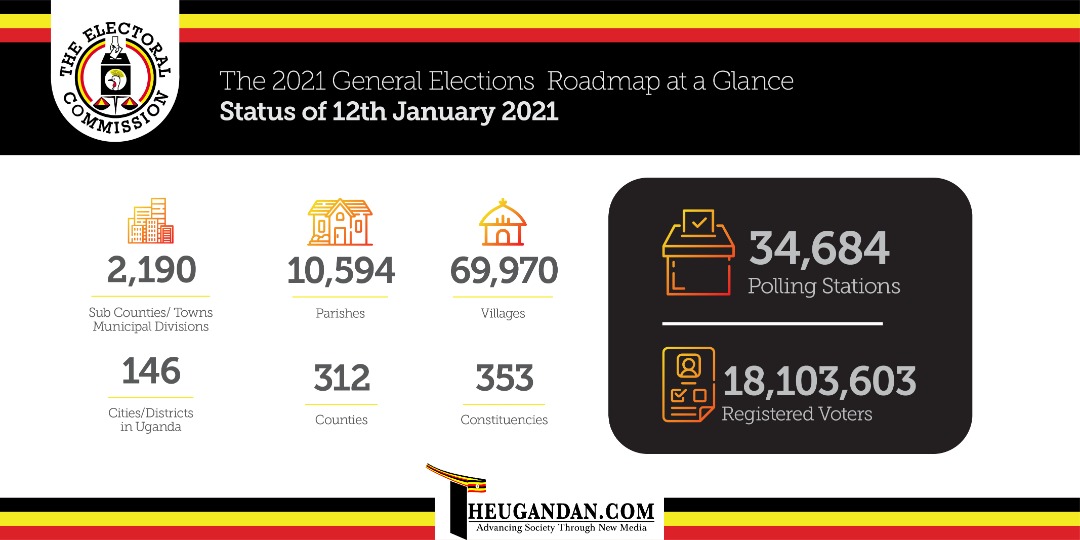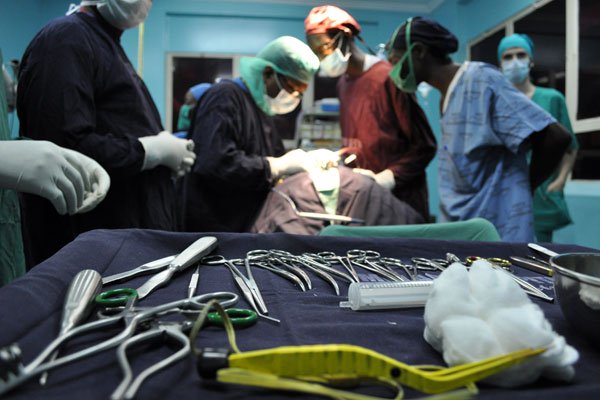Women are increasingly shunning the normal delivery rather medically known as the vaginal delivery which is the birth of offspring (babies in humans) in mammals through the vagina.
It is the natural method of birth for all mammals except monotremes, which lay eggs into the external environment.
A report that was released during the Health Sector Joint Review Mission shows that Nakaseero Hospital carried out the highest number of C-Sections in the 2018/2019 financial year, according to the Annual Health Sector performance report.
According to the report, Nakasero Hospital carried out 586 C-sections out of the 747 deliveries handled by the hospital.
Other hospitals that reported high numbers of C-sections included Ngora NGO with a 61 percent rate and New Hope Hospital in Iganga at 60 percent.
The report shows the average C-section rate in general hospital increased from 29 percent in in the 2017/18 financial year to 28 percent in the 2018/19 financial year.
Dr. Henry Mwebesa, the Director General Health Services in the Health Minister, says there hasn’t been a change in the trend of C-sections from last year.
“The figures for some hospitals like Nakasero haven’t changed. Last year they were also high with a 72 percent C-section rate. This is high. But generally the numbers are up everywhere,” Dr. Mwebesa said.
The report shows that the number of C-sections increased in the country on the whole. At health center IVs a total of 22,139 procedures were carried out in the 2018/2019 financial year compared to 17,729 in 2017/2018.
Mukono Town Council HC IV had the highest number of C-sections last financial year with l 1,708 procedures. Dr. Mwebesa says that some of the C-sections that were carried out lacked blood transfusions, which put the lives of mothers at risk.
“A total of 65 HC IVs carried out C-sections without blood transfusions. This was risky because while it can be done and the results are successful a lot can also go wrong ending in the death of the mother,” Mwebesa explained.
At the Regional Referral level, Nsambya hospital had the highest number of C-sections followed by Mbarara Regional Referral hospital at 50 percent and 46 percent respectively.
Mbale Regional Referral Hospital came third with 41 percent while Gulu Regional Referral Hospital recorded the lowest levels with 14 percent.
Sarah Opendi, the State Health Minister, attributes the increasing number of C-sections to a change in the mindset of expectant mothers.
“Many girls today are scared to have natural deliveries. They think that they will enlarge them. So, they go for C-section not knowing the risks associated with it,” Opendi said.
Dr. Diana Atwine, the Health Ministry Permanent Sectary, says most of the C-sections being carried out are motivated by money as opposed to saving a life.
Julius Mugisha, the Public Relations Officer Nakasero Hospital declined to comment on the report, saying they hadn’t received a copy.
“We cannot comment on the issue because we have not seen the report to validate it with the statistics that we have at the hospital,” Mugisha said.
Dr. Charles Olaro, the Director Curative Services in Ministry of Health, says expectant mothers need to be aware of the dangers associated with surgical procedures.
“All surgical procedures involve someone being put under and have a 50 percent mortality rate. Even surgeries as simple as C-sections have a number of side effects attached to them,” he said.











